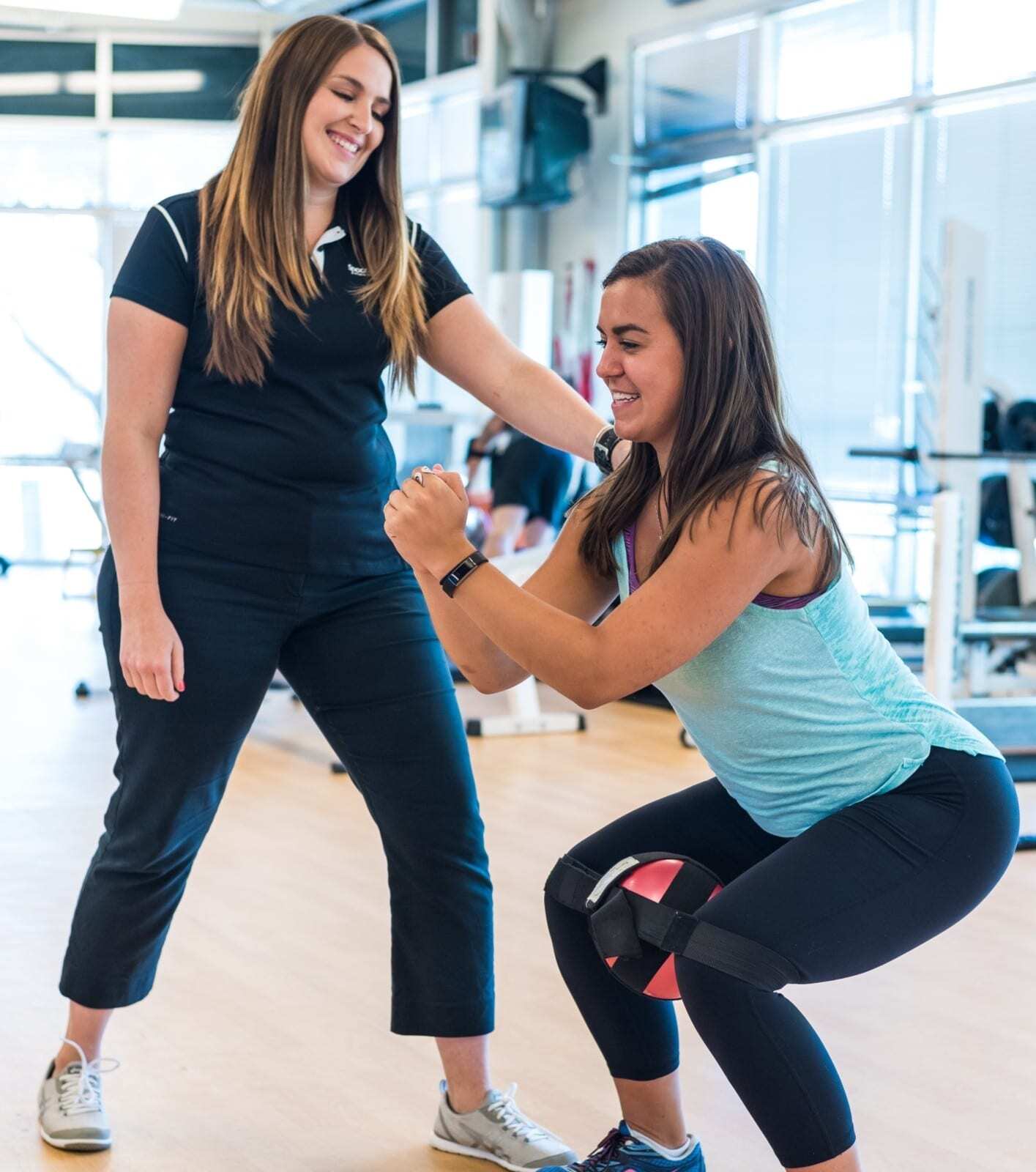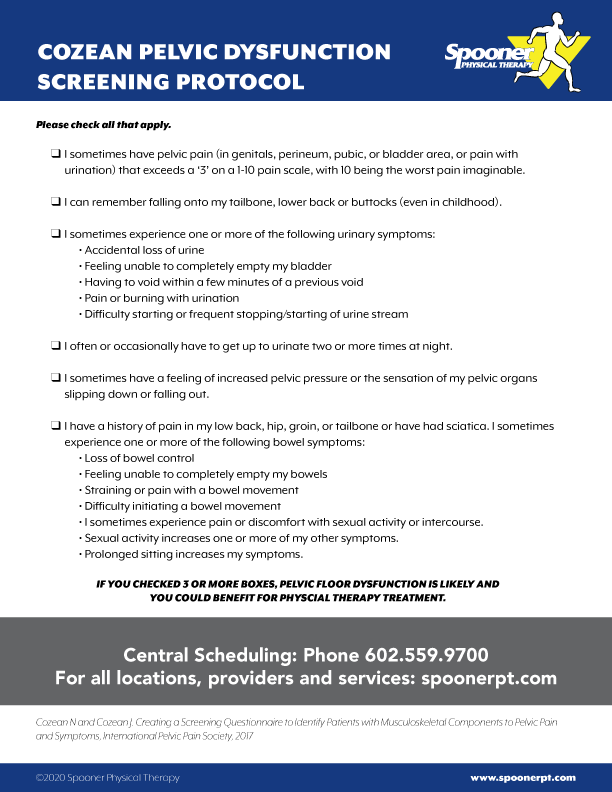September is National Ovarian Cancer Awareness Month
Did you know that a woman is diagnosed with ovarian cancer every 23 minutes in the United States?1 Ovarian cancer is the number one cause of gynecologic cancer deaths. Ovarian cancer is a type of cancer that begins in the ovaries and can spread within the pelvis and abdomen if left undetected. There are several types of ovarian cancers and each one is named after the type of cell they come from: epithelial, germ cell, and stromal. These cells are the main cells that make up the ovary.2 It is oftentimes difficult to detect, which makes it even more crucial that we spread awareness of this fatal disease.
We want to spread awareness of Ovarian Cancer, as well as talk about general pelvic floor health and how physical therapy can play a role in your treatment and care. We talked with Spooner physical therapist Heather Coulter, PT, DPT to learn more.
How Physical Therapy Helps In Treating Ovarian Cancer
Each patient experiences ovarian cancer in a different way depending on the type, stage, and diagnosis. Treatment plans and care plans are unique to each woman and the goals they have. How could physical therapy play a role in a treatment plan?
There is recent research on how adding physical therapy into a patient’s treatment plan can improve daily function, quality of life, and overall health. It can be beneficial in the recovery process as well.1
Physical therapy is key in battling the tough side effects that come with treatments such as chemotherapy, radiation, and surgery. Some things you can expect to be included in a physical therapy program for ovarian cancer patients may include: flexibility exercises, strength training, range-of-motion training, light resistance exercises, and cardiovascular activity. Manual therapy can also be implemented to address soft tissue or scar restrictions.
When it comes to chemotherapy specifically, physical therapy can help with fatigue, weakness, balance issues, and neuropathy.3 Furthermore, physical therapy during radiation treatment can help with scar tissue and the side effects it can inflict on your digestion, breathing, and posture.3 It is important to remember that any cancer treatment clearing your body of hormones will bring on additional side effects such as weight gain, fatigue, and even pelvic pain and incontinence.
More On Pelvic Floor
The Cozean screening tool is a researched list of questions that help to screen for pelvic floor dysfunction. Take a moment to complete the test for yourself and check any items that apply. If you answered yes to 3 or more items, you may be experiencing pelvic floor dysfunction and could benefit from pelvic floor therapy. Luckily, movement experts like physical therapists are equipped to treat pelvic floor dysfunction and get you back to moving and feeling better.
Scar tissue can be a huge driver in a patient’s pain and incontinence. “We work on scar tissue mobility right here in the clinic. We make sure the body moves well and that the pelvic floor muscles are functioning properly,” says Heather. Another key driver is to train the pelvic floor muscles to relax, contract, and tighten as well as making sure the nervous system is functioning properly.
Heather says it is important to educate patients that physical therapy for pelvic floor health is not just about the pelvic floor. It focuses on so much more, such as the hips, abdomen, thoracic spine, and the entire general core area. There are so many moving parts involved.
Proper sleep hygiene, stress management, and dietary changes are huge components in pelvic floor health as well because of the nature of those muscles. The pelvic floor muscles can also be tied to emotions. What patients experience, especially if cancer is added to the mix, can bring up negative thoughts and feelings towards that part of their body. Self-care with a mind and body approach is critical throughout all stages of treatment.
Our pelvic floor specialists’ main goal is to get patients back to their daily lives and achieving their functional goals. Heather says, “We as therapists do not just tell our patients what to do. We create goals together and they have full say in what they want to achieve and what they want to accomplish throughout their treatment. We work together as a team to make things as functional as possible and work to improve their quality of life for the better to get them back to the activities they love.”
Learn more about Pelvic Health at Spooner Physical Therapy. Ready to schedule an appointment? Schedule an appointment or complimentary movement screen with a Spooner physical therapist at one of our locations throughout the valley.
Resources
- “Physical Therapy and Ovarian Cancer.” PT & Me, 19 Sept. 2018, ptandme.com/physical-therapy-and-ovarian-cancer/.
- “About Ovarian Cancer: Ovarian Cancer Research Alliance.” OCRA, ocrahope.org/patients/about-ovarian-cancer/.
- Hopkins, Caroline. “How a Personalized Physical Therapy Program Can Help With Ovarian Cancer Treatment Side Effects.” SurvivorNet, SurvivorNet, 16 Mar. 2020, www.survivornet.com/articles/how-a-personalized-physical-therapy-program-can-help-with-ovarian-cancer-treatment-side-effects/.


